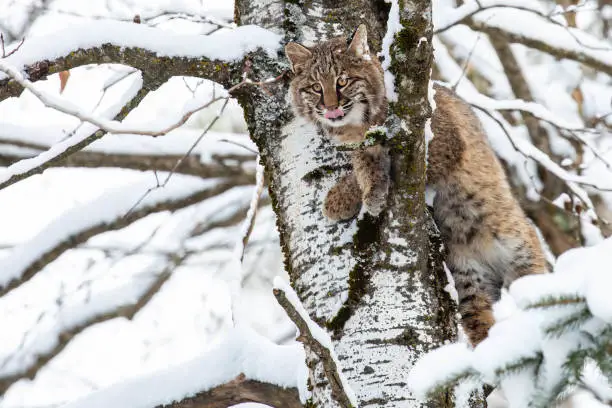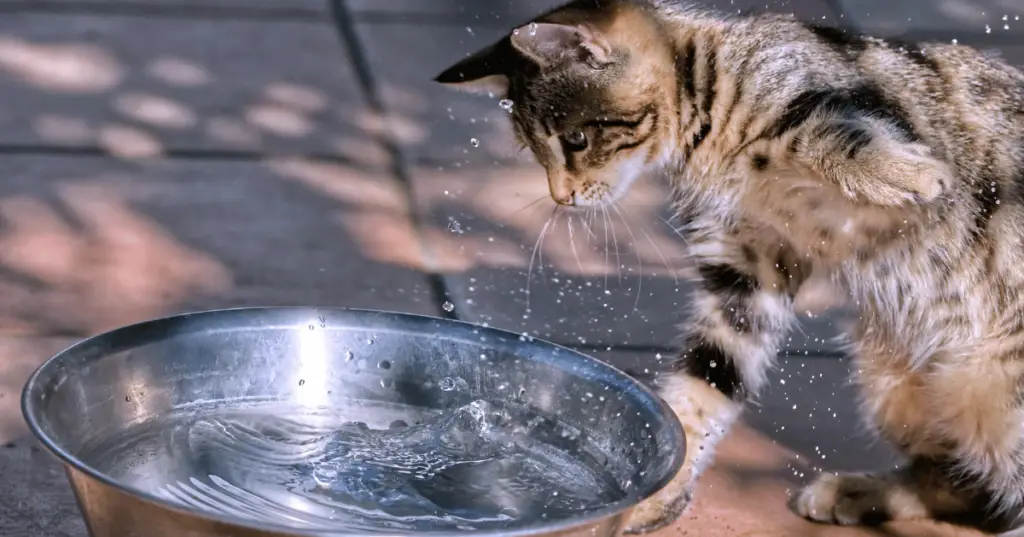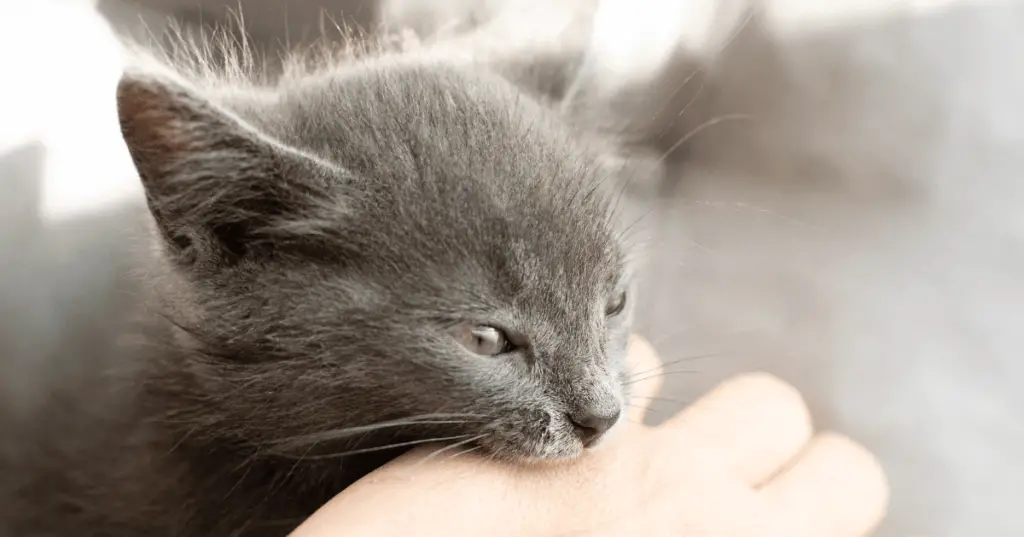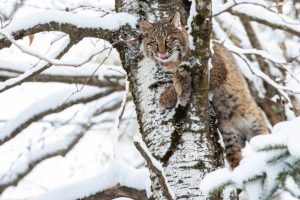
A small town in Wisconsin, a concerned group of locals, and an urgent need to save majestic big cats from a life of captivity. This is where the story of the Wisconsin Big Cat Rescue begins—a story of passion, perseverance, and a relentless commitment to animal welfare.
The Origins of Wisconsin Big Cat Rescue
In the early 2000s, Wisconsin Big Cat Rescue was just a dream—a shared vision among a few animal lovers who saw the dark reality of illegal wildlife trade and captivity. The organization began with a simple, yet powerful idea: to provide a safe haven for abused and neglected big cats. At its core were two determined founders, Pamela Thompson and Michael Hughes, who brought this idea to life.
Founders’ Background: From Passion to Purpose
Pamela Thompson had worked as a zookeeper, where she witnessed the heartbreaking conditions of big cats in captivity. Meanwhile, Michael Hughes, an animal rights advocate, had been actively fighting against unethical practices in the animal trade. Their paths crossed at a wildlife conservation conference, and a partnership was born—a partnership that would eventually lead to the creation of the Wisconsin Big Cat Rescue.
Their combined experiences and passion set the foundation for the rescue center. Pamela’s deep understanding of big cat behavior, combined with Michael’s expertise in animal rights law, provided a unique perspective that shaped the sanctuary’s mission and approach.
The Early Days: Establishing the Rescue Center
Establishing the rescue center was a monumental task. Permits, financial constraints, and regulatory hurdles seemed insurmountable at times. The founders faced zoning challenges, licensing delays, and community skepticism. Yet, they persevered, driven by their commitment to saving these majestic creatures.
They began with a small piece of land and a dilapidated barn on the outskirts of town. With the help of local volunteers and donations, they transformed this space into a safe haven for big cats. The community rallied around the cause, and soon, the first enclosures were built, providing much-needed space for the rescued cats.
Growth and Expansion: From Local Efforts to Global Impact
The rescue’s early success inspired rapid growth. As word spread, more people became aware of the sanctuary’s mission. Donations increased, and the sanctuary could expand its facilities to accommodate more animals.
Expanding the Sanctuary: New Facilities and Partnerships
By 2005, the Wisconsin Department of Natural Resources had officially recognized the sanctuary, allowing it to operate as a legal wildlife sanctuary. This recognition opened the doors to new opportunities. The rescue center invested in larger enclosures designed to mimic the natural habitats of big cats. These improvements provided the animals with more space to roam, swim, climb, and play—behaviors that are crucial for their physical and psychological well-being.
Partnerships with global wildlife organizations began to form, enhancing the rescue center’s capabilities and reach. They collaborated on research projects, shared data on big cat health and behavior, and contributed to international efforts against the illegal wildlife trade.
Educational Initiatives: Spreading Awareness
Education became a cornerstone of the sanctuary’s mission. The founders recognized that protecting big cats wasn’t just about providing a safe space; it was about changing perceptions. They launched educational programs aimed at schools, colleges, and the broader community. These programs focused on raising awareness about big cat behavior, conservation challenges, and the importance of ethical wildlife practices.
The rescue also began hosting guided tours, giving the public an opportunity to see these magnificent creatures up close, learn about their lives, and understand the challenges they face in captivity.
Major Milestones: Landmark Rescues and Achievements
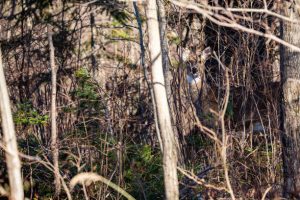
High-Profile Rescues: Saving Luna, Raja, and Max
One of the most notable rescues involved three tigers—Luna, Raja, and Max—who were saved from a traveling circus. These tigers had endured years of neglect and poor conditions, performing under the grueling demands of circus life. The rescue operation, coordinated with other animal rights organizations, drew national attention and marked a significant achievement for the sanctuary.
This rescue showcased the sanctuary’s growing influence and ability to mobilize resources for big cat conservation. It also brought new supporters, volunteers, and donations to the cause.
Expanding Influence Through Media and Partnerships
Media coverage of high-profile rescues and partnerships with prominent conservation organizations helped elevate the sanctuary’s profile. They were featured in documentaries, news articles, and online content, bringing their message to a global audience. This exposure helped attract new supporters and allowed the sanctuary to expand its reach even further.
Challenges Ahead: Addressing Emerging Threats
Financial Sustainability and Climate Change
Despite its successes, the rescue center faces ongoing challenges. Financial sustainability remains a critical issue, with the rising costs of animal care, facility maintenance, and expansion efforts. The sanctuary relies heavily on donations, grants, and community support to fund its operations.
Climate change presents another challenge. As temperatures fluctuate and weather patterns become unpredictable, the sanctuary must adapt to protect the health and well-being of the animals. Plans are underway to create climate-resilient enclosures and explore renewable energy sources to reduce the environmental impact of the facility.
How You Can Support Wisconsin Big Cat Rescue
Donations and Sponsorship Opportunities
Donations are vital to the sanctuary’s continued success. Consider making a one-time donation or becoming a monthly sponsor for one of the big cats. Your support directly funds food, medical care, and habitat improvements. Donate now to make a difference.
Volunteer Your Time and Skills
Volunteering is another powerful way to contribute. Whether you’re helping with animal care, administrative tasks, or fundraising efforts, your time and skills are invaluable. The sanctuary offers various volunteer opportunities for individuals and groups.
Share and Advocate
Spreading the word is one of the easiest ways to support the rescue. Share this story, follow the sanctuary on social media, or host a fundraiser in your community. Every action counts in the fight for big cat welfare.
Future Goals: Continuing the Mission
The journey of Wisconsin Big Cat Rescue is far from over. The founders remain steadfast in their commitment to providing a safe and nurturing environment for every big cat in need. As they look to the future, they plan to expand their facilities, enhance their educational programs, and continue advocating for the protection of big cats worldwide.
Conclusion: A Beacon of Hope for Big Cats
The Wisconsin Big Cat Rescue stands as a beacon of hope, proving that dedicated individuals can make a profound impact on wildlife conservation. Their story is a testament to what can be achieved when passion meets perseverance. By supporting the sanctuary, you help ensure that every big cat gets the chance to live with dignity and freedom.

